When reading a text or reading a printed document on the computer screen, the purpose of a heading tag in the posts is to make it easier to read the content. There are also tasks for headings to reveal the contents of a text. If the text also includes subheadings, many readers simply browse the content and decide to read the article if the titles are interesting. But readers don’t just do this behavior. Search engines are of the same trend. Search engine bots surely examine the titles of the texts. As you can imagine, heading tags are of great importance. In today’s article, you will read the readability of heading tags and how they develop SEO.
Heading Tags
Under normal circumstances, we think of titles as a way of designing fonts (written in bold and with higher fonts). However, on PAGES encoded with HTML, titles have different tasks. Heading tags are HTML formatting that we use to separate titles and subheadings from the rest of the text. We use heading tags to provide regular build to users on the page. We can divide heading tags into six different layers. The most important tag is “<h1>” and the least important tag is “<h6>.”
H1 has the largest oversized title, and the first layer of important content on a post, page, or home page consists of this large hood. H1 adds many CMS H1 tags, including WordPress, directly to the title of a post. But sometimes themes can change that setting.
We use H2 to divide the user’s H1 content into sections where they can easily understand it. To split each H2 content, you must use the H3 heading tag. It is extremely rare for content to reach the h4 level or beyond.
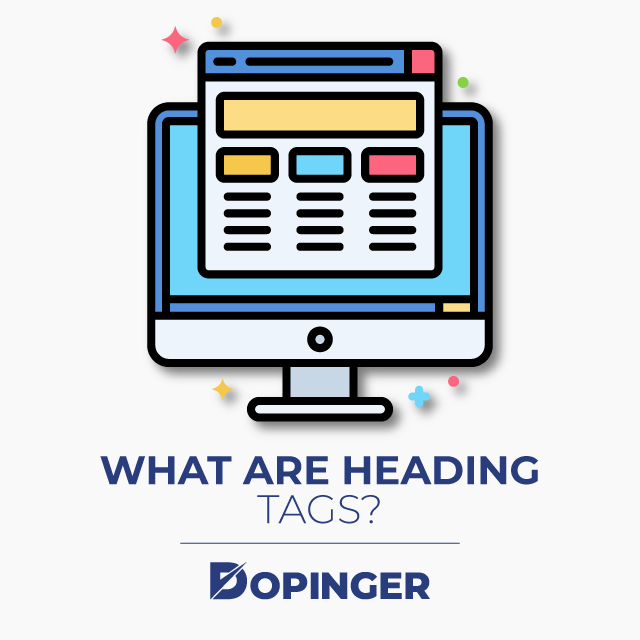
Why Use Heading Tags?
Titles on Web pages perform the same function as headings in content in largely printed format. But when it comes to web pages, headlines aren’t just appearances. Headings help search engine bots find the page.
Google scans your post to get content related to the words you’re looking for and looks at the title to understand what the content says. That’s why it’s important to use heading tags. The title tag allows both users and search engines to know what topic the page is related to.
If you want to be able to create an ideal page and content for SEO, you must create a custom title for each post you enter on your site. Title tags give the search engine information about how various texts are linked to each other. When you consider this, it will be easy to understand why the keyword should be included among the title tags.
Google will see a title with the keyword as one of the most relevant content in search terms, which will surely improve your ranking on search engine results pages. While it is a bit exaggerated to say that title tags are vital to SEO rankings, it would be appropriate to say it is important.
Because Google finds keywords better if they’re embedded in heading tags, so heading tags are an important SEO factor.
Connect With Your Visitors
When creating your blog posts, you should connect with your visitors. When writing your content, you should take care to use the words “you,” “i,” “we,” and “together.” Why? Your visitors will find your content intimate and continue to read your content as they make sure they will answer their questions. You feel the impression that they will be met with course content from the first lines. Users will be more curious because the information you describe with sincerity is usually accurate and content that you create without regard to profit. You have a follower now, aren’t you? We are sure to read other techniques that you are impatient!
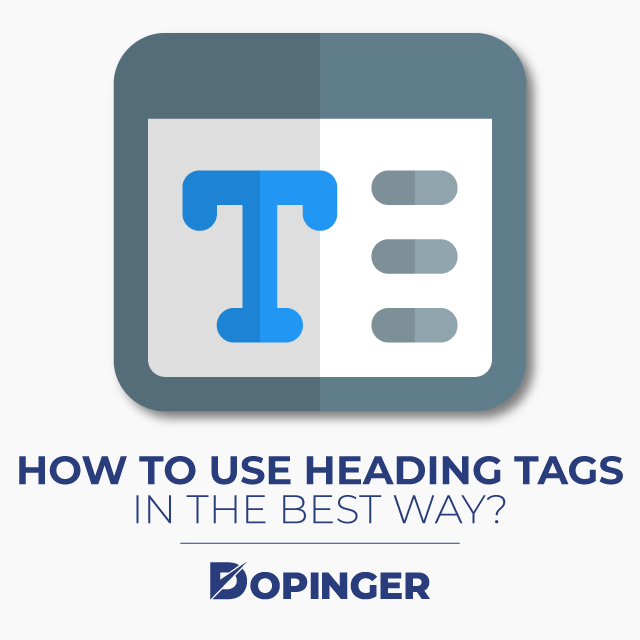
How to Use Heading Tags in the Best Way?
- Using only one H1 tag on a page is usually the most convenient and probably the best to use in the title.
- Tags from H1 to H3 are sufficient for most pages. Tags H4-H6 can show titles excessively. If the content on the page is really heavy, then of course it may also be necessary to switch to H4 and continue.
- When using heading tags, you must follow the hierarchy. H2 should follow H3 and H3 h4.
- It is necessary to make sure that you also use the keyword in H2. This is because Google looks at both keyword presence and keyword density in the title when scanning and sorting content.
- It is not something we would recommend using the same heading tags on different pages on your website.
How Do you Add Heading Tag in WordPress?
WordPress has two basic methods that you can use to add heading tags to content. The first is to type the title tag by entering the content editor manually. The second method is to use a visual text editor, so you can add heading tags in a very easy way. The toolbar in the visual text editor has many editing options. Only one order of options appears on the toolbar first, but a second row opens when you click the toolbar button on the far right. Here you can find the relevant sections of heading tags.
To add a title, select the text and point to the “paragraph” section on the toolbar. When you click this button, you can see a menu with 6 title tags, and you can choose what you want. So you’ll see the portion of the text as the title.
If you want to do the same with keyboard shortcuts, you can also do the same with the sub+shift and number combination from 1 to 6 after selecting the text. For example, if you press alt+shift+5, the text becomes H5.
When you select the text and make alt+shift+7, the text no longer appears as a title.
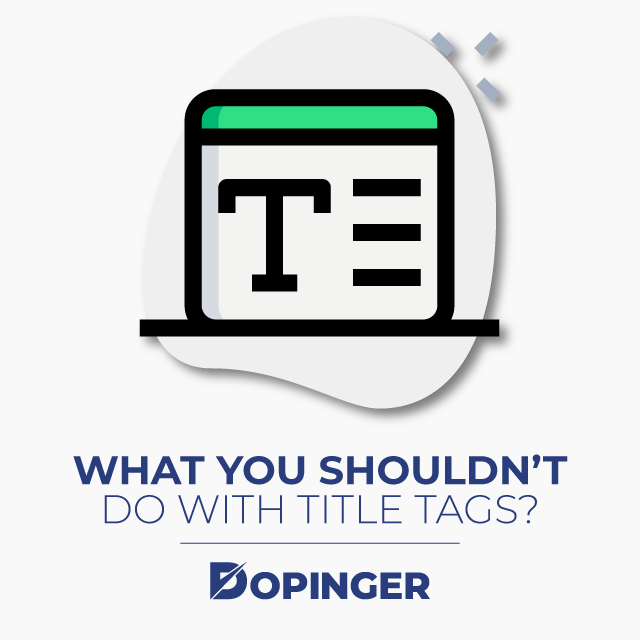
What You Shouldn’t Do With Title Tags
- Do not fill your title tags with keywords.
- Do not use more than one h1 tag on a page. Typically, pages will have a single h1 title and can make search engines, including two, think it’s an attempt to add more keywords to SEO on multiple h1 tags. It is better to divide content into two separate heads with their h1 tags on individual pages.
- Do not use title tags as hidden text. Any hidden text, even if the hidden part of the text in particular is a component that affects SEO, it can result in penalties for your site.
- Do not repeat title tags on different pages of your site. It’s a good app to have unique title tags on your site. Avoid using the same content for both your page’s h1 tag and the meta heading tag.
- Do not use title tags for text styles; use them to provide edited and structured content to pages. Use CSS style sheets for shaping purposes.
Using Titles Previously Indexed by Others
Website owners often fall to the top of the mistakes that others prefer to use before. Let’s think our position is, “What’s strawberries?” Our site is a strawberry site, and we have written our content. We made the title selection, “What are strawberries.” How about we look at the search engine together?
The term we ask the Search Engine was, “What are strawberries.” The search engine will first search for the word “Strawberry” in their index essays to make this call. Then he used both the strawberry and the “What is” tad by searching for the headlines. He’ll give you the answer to the question, “What are strawberries!”
If you look at other results, taking the keyword to the top is still among the ranking signals that will allow you to get good queues. When you pay attention to the end of the keywords you will see, you can see that different titles are included in the search results. Therefore, the fact that your H1 tag is only “What is strawberry” will, unfortunately, give you a bad position. Because you’ve repeated a title that’s already been in google directories, this won’t get much attention to the search engine. Unless you can produce better content with the same title than previous content, there’s little chance of getting a good location.
With titles written by others before you will have
- UX experiences
- Comments on the subject
- Shared content
- Competing content.
Conclusion
In this article, we explained what the heading tags are and the importance of it. We use a variety of tags to create some headings in each web page’s HTML structure. The heading tag is similar to that you’re making some sentences stand out by making choices in the Word document, such as Title 1 and Title 2. The titles you use on Word help you divide your document into different sections and make it more readable.
You can have more than one subheading for each page and content. You usually use the HTML tag for the main title of a page, and those tags are located in one of the most visible areas of the <h1>page. The importance of the H1 heading tag is that it is different than other heading tags.
If you liked this article about the heading tag, please see our other articles as well. You may be interested in how to write an SEO-friendly article.
Frequently Asked Questions About
The h2 tag is a subheading which will have keywords identical to the h1 tag. Your h3 is a subheading for your h2 and so on. Think of them as an importance-based hierarchy, the above being more important than the below.
The < p > HTML element is a paragraph. Paragraphs are usually represented in visual media as text blocks separated from adjacent blocks by blank lines and/or first-line indentations, but HTML paragraphs can be any structural grouping of related content, such as images or form fields.
The < u > element was originally used to define the text that should be illuminated. The element was deprecated in HTML 4.01, but it was redefined in HTML5 to represent text that should be displayed in a way that is unarticulated but stylistically distinct from the surrounding text.

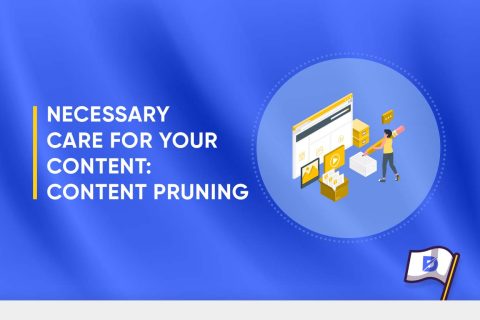
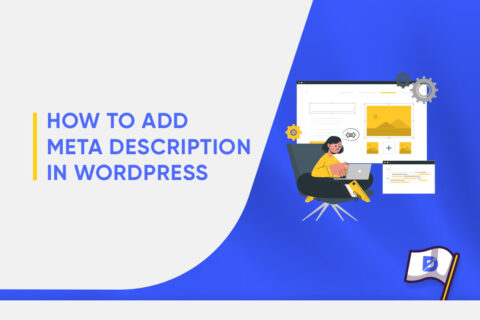
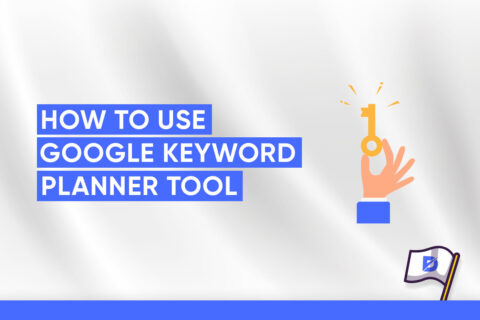
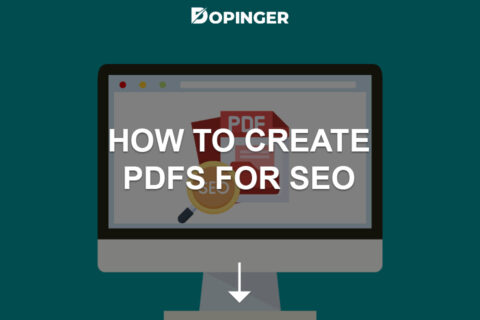
No comments to show.